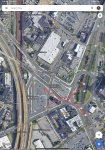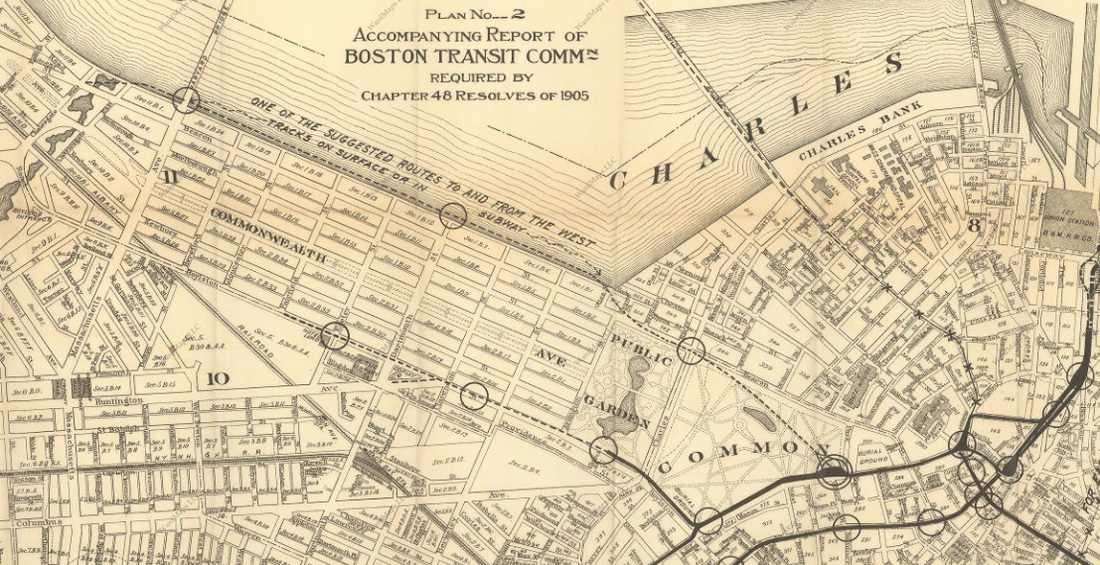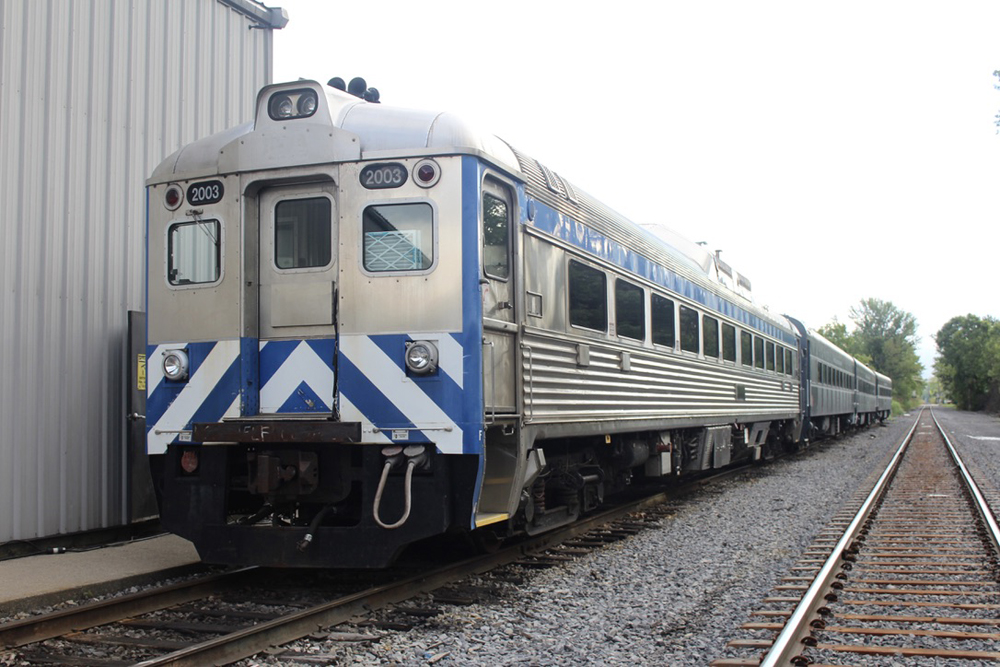If you actually want to get significant mode shift in a place like the LMA, telling people "you have to walk ten minutes to/from a surface stop, and if you going to downtown you have to gamble which will be faster" is not going to do it.
This was thought-provoking for me. I'm not sure I would've put mode shift as my top priority when thinking about transit for Longwood -- I've seen reliability and travel time improvements (and, partially as a byproduct of those, capacity improvements) as the primary drivers.
This got me wondering -- what
is the mode split for commuters to Longwood? In searching for that, I came across a recent whitepaper from the Longwood Collective:
A Case Study in Robust Transportation Demand Management (TDM) Confronting Access Limitations at the Nation’s Pre-Eminent Medical, Academic, and Cultural Center: Mode Shift in Boston's Longwood Medical and Academic Area: Where Are We Now And What Comes Next? Lots of interesting information in here, including things like the effectiveness of different incentive programs to encourage mode shift, as well as, yes indeed, a breakdown of commute mode:
(The report doesn't emphasize the downsides of the 5-10 minute walks for commuters, though they may have been avoiding the topic because, unlike the other problems they draw attention to, there are limited short-term fixes for the walks.)
The report laments that the Public Transit share seems to cap out at about 50%. I share their lament, but I think it's worth putting that number in context. According to
Go Boston 2030's Boston Today document, this is in fact a
better transit share than overall among Boston residents' commutes (page 3):
And according to the
MPO's Destination 2040 report, Longwood's is in fact a better transit share even than journeys to Downtown + the Seaport ("the Boston Business District"):
(The report grants that the auto share is likely increased overall due to the reduced transit access to Seaport compared to Downtown. If anyone knows about mode split data specifically for Downtown, I'd love to see it.)
According to OnTheMap, 23.5% of Longwood commuters originate in counties other than Suffolk, Middlesex, or Norfolk. Even if we exclude Worcester, Bristol, and Providence counties (given reasonable commuter rail access, and assuming most of those Bristol commuters are coming from the Attleboro area), that's still 17.4%, potentially accounting for as much as half of those auto commuters:
My points:
1) Auto mode share remains significant everywhere
2) Some evidence points to Longwood being
further along in mode shift than the region overall
3) The numbers suggest that Longwood's auto share comes in large part from suburban/exurban commuters, including a significant share from the North Side where commuter rail fares weaker against driving than it does on the South Side
~~~
So, while I want to be clear that I absolutely
love the idea of a subway through Longwood, I'm not convinced that the 5-10 minute walk is what is holding back the mode shift. If we want to tackle that 30% of "Drive Alone" commuters, I'd look at
- Faster, more frequent, more long-running regional rail
- Faster and more reliable connections to Longwood from:
- North Station
- South Station
- Ruggles
- Lansdowne
- Which could take the form of
- GLT and OLT to improve reliability and frequencies
- Huntington subway to improve travel times
- Back Bay-Seaport subway to provide two-seat journeys Old Colony Regional Rail <> Longwood
- Dedicated bus lanes from Ruggles and from Lansdowne
- Subway between LMA and Ruggles
- North South Rail Link with through-running from Northside Lines through Ruggles and Lansdowne
I really
want D-to-E-via-Longwood to be a slam dunk -- high-cost-high-reward. But for the moment, it seems like we can get a huge swath of the benefit for much more modest expense. (I'm working on a loose cost estimates post for the Green Line Reconfiguration thread, and I think there are stronger and more transformative uses for $4 billion -- not that I'm taking F-Line's off-the-cuff estimate as gospel, just that in general there are a number of other projects this would compete with.)
~~~
Finally, I'll just toss these out there for comparison.
First, a walkshed map (of 5 min and 10 min walks) from the current LMA and Brigham Circle stops and an infill at "Riverway Village" that provides better access than the current Longwood stop, with the OnTheCensus employment center locations superimposed -- a large swath is covered by the 5-min walksheds, and 10-min walksheds cover it entirely:
(It's very janky -- superimposing screenshots in Paint.NET.)
And second, a 5-min walkshed map of the Financial District; there is a gap between Broad St and Otis St, but while a Post Office Sq subway stop would be
cool, we never see it as a pressing need:




